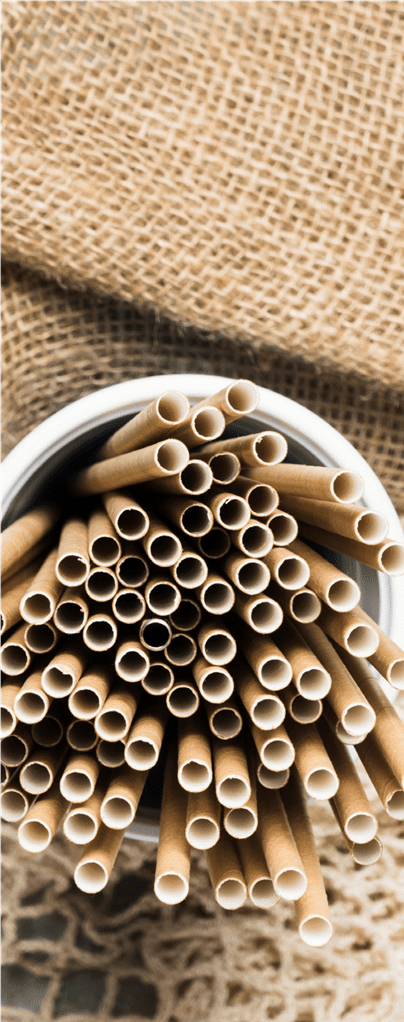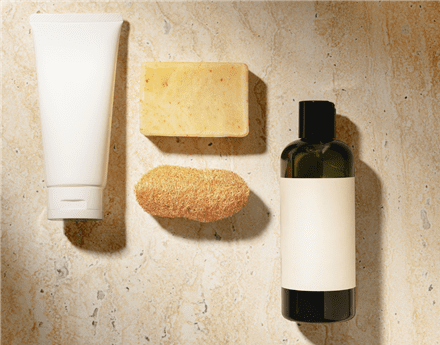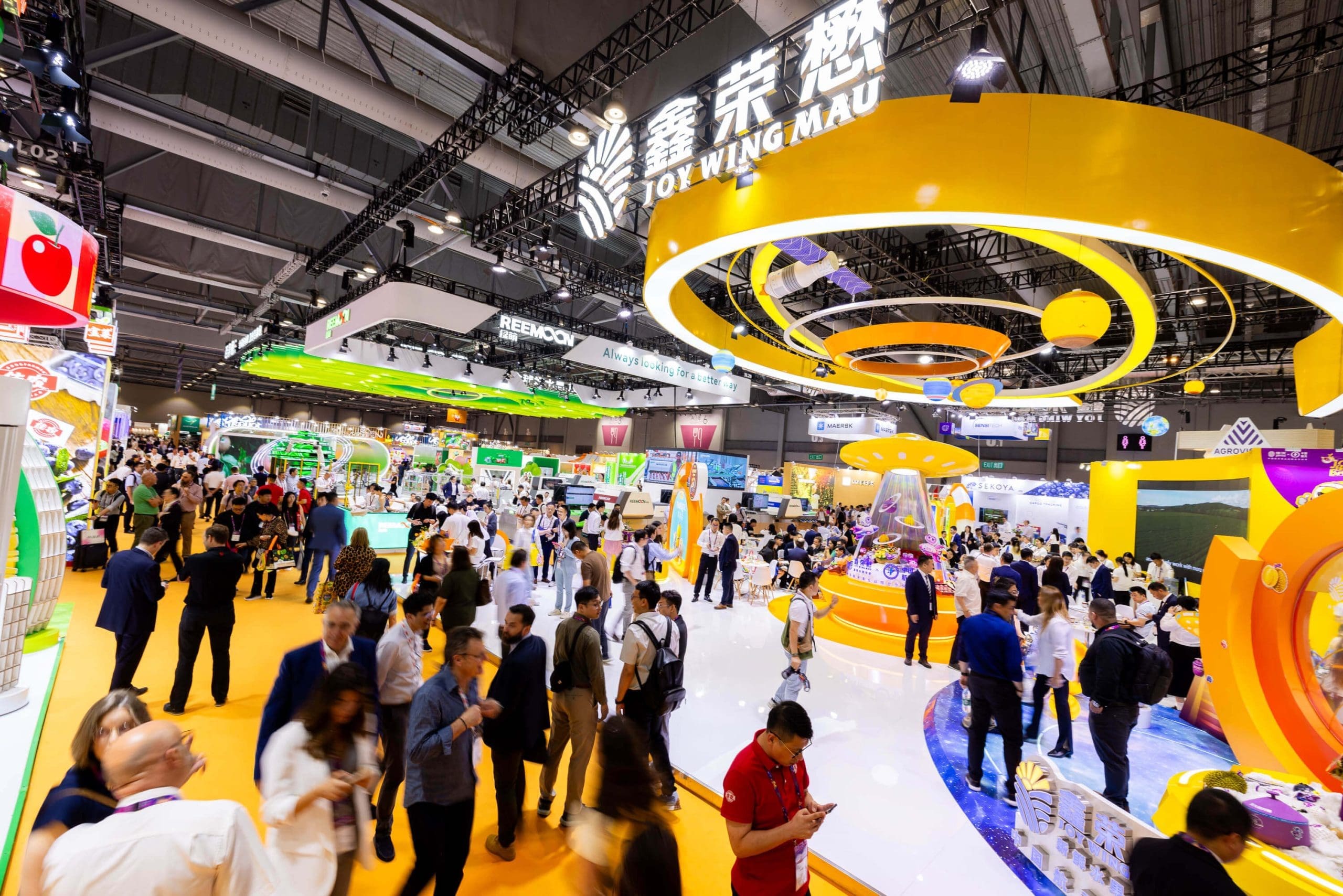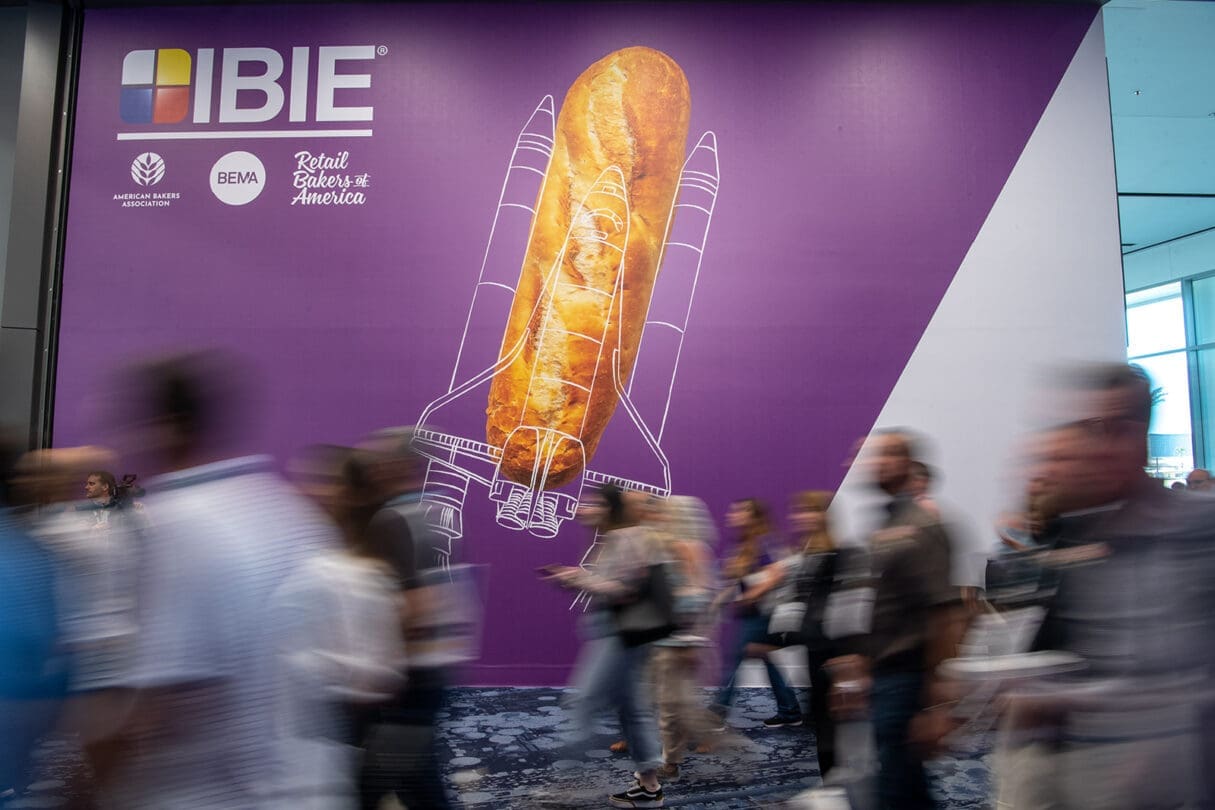
Every year, over 2.5 billion tons of waste are produced in Europe. To foster the transition towards a circular economy, the European Union is revising the legislation regulating its management. Among the salient points of the new legislative norms, a curb on the use of plastic and a focus on new materials, comprising compostable ones.
There can be no doubt that plastic is viewed in an increasingly negative light. Of course, there are some uses in which plastic is unbeatable, but everyone, with no exceptions, companies, consumers and even institutions are trying to identify equally effective and alternative solutions, to enable a wholehearted transition towards an authentic and new circular economy.

On this very topic, the European Union has implemented across the-board legislation that regulates labelling and packaging, among other things. Through a series of provisions, the EU intends to do more and more to favour those producers who are more attentive to environmental issues and are committed to identifying eco design solutions that facilitate the recycling or reutilization of packaging.
One important aspect, defined by EU Directive 2019/904, regards the “fight against plastic” and, consequently, its substitution.
According to the Directive, it is necessary to eliminate single-use plastic products (a first step having already been implemented in July 2021) to safeguard the environment in general and the marine environment especially which, as we all know, is particularly at risk.
It is not difficult to imagine the impact this legislation will have on packaging, especially food packaging. It is therefore of fundamental importance for companies to research and design new recyclable and reusable solutions aimed at replacing single-use plastic products.
On the subject of plastic packaging, the European Union foresees achieving the goal of recyclability for all packaging and plastic wrappings on the EU market by 2030. Directive 94/62/EU defines provisions on the management of packaging and its waste and aims at aligning the legislation of member States on packaging materials and their subsequent disposal, once they become waste.
Moreover, it aims at improving the quality of the environment by preventing and reducing the environmental impact of packaging and its ensuing waste. It is here that compostable packaging finds its natural vocation.
In fact, one of the roads taken by companies to reduce the environmental impact of packaging is to replace plastic with the new bio-based and compostable materials. A solution that is certainly effective in theory but one that poses certain limits when put into practice.
In the first place, not all the new materials now available, whether bioplastic or recycled, may safely enter into contact with all of the substances they are supposed to contain: take foodstuffs, for example, which are certainly the most critical.
Secondly, this solution calls for an end-of-life supply chain capable of treating such materials to recover the resources used in their production, in terms of raw materials and energy.
There is still no structured collection and management system dedicated to compostable bioplastics, by which we mean plastics deriving from renewable and no fossil sources which are capable of biodegrading in the composting cycles of organic waste.
Such a system is a necessary condition for the development of this new sector, on a par with what has been achieved down through the years by the consortiums belonging to Conai for various conventional materials such as paper and glass.
The recent set-up of Biorepack, a consortium of 252 companies with an annual production of 90,000 tons of bioplastic, testifies to an awareness in this respect. This novelty is an important step forward on the Italian scene towards the introduction of a new category of alternative food packaging materials to plastic, in the strategy of achieving a transition to a circular economy.
The advantages of compostable bioplastic

Despite being easily mistaken for traditional plastic, in actual fact compostable bio plastic is a totally different story. Its consistency is identical, and so are its resistance and transparency, but its source is quite different: while plastic is made from petroleum, the compostable version is obtained from polymers of plant origin.
It offers multiple advantages for both the environment – it biodegrades in less than 12 weeks – and for human health. Compared to conventional plastics, compostable bio plastic emits a quantity of toxic gases that is decidedly lower.
Compostable bio plastic may be used alone or in combination with paper, to guarantee an optimal preservation of perishable foodstuffs.
In this case, the packaging consists of two layers: a compostable film in biomaterial, possibly coated or metallized to act as a barrier to oxygen and humidity, and an external layer of compostable paper for a look that is immediately recognizable by consumers as a “natural” and safe material.
This type of packaging is designed to be disposed of in the organic waste destined for industrial composting, for the production of a compost rich in nutritive substances that are useful for fertilizing and regenerating agricultural soil.
Other materials for the circular economy
There are other more conventional materials providing proper compostable solutions, even though they do not appear on the list of “new materials”. Of these, paper and cardboard are certainly interesting solutions that have been used in food packaging for decades, to produce single-use plates and cutlery for example. The advantages of food packaging in paper and cardboard are multiple.
Their environmental impact is close to zero since they are entirely recyclable and biodegradable and their strong propensity for customization makes them attractive to companies.
These are perfect materials for food packaging applications since they release no chemical components and avoid contaminating or modifying the properties of food contents.
Sugarcane pulp is a material made from the extraction residue deriving from the crushing and squeezing of the canes. Used to produce food containers that can be placed in conventional and microwave ovens, as well as in the fridge, this material offers an excellent substitute for polystyrene.

A final mention is due to wood. Widely used in the creation of disposable products and food packaging, wood has proven antibacterial properties, as well as being resistant and long-lasting.
Therefore, wood is another perfect material for Eco sustainable packaging, especially when employed to produce single-use plates. Moreover, wood waste can be utilized for composting or for producing renewable energy.
Legislation is accompanying the packaging industry on its way to a gradual shift from a linear to a circular economic model.
The transition to a circular economy can only be achieved by adopting new materials and developing structured chains for the recycling and management of packaging at the end of its lifecycle. For this purpose, it is primarily up to producers to show their awareness and willingness to change.




